Henry Schein HS-Vet User manual




















Table of contents
Languages:
Other Henry Schein Medical Equipment manuals
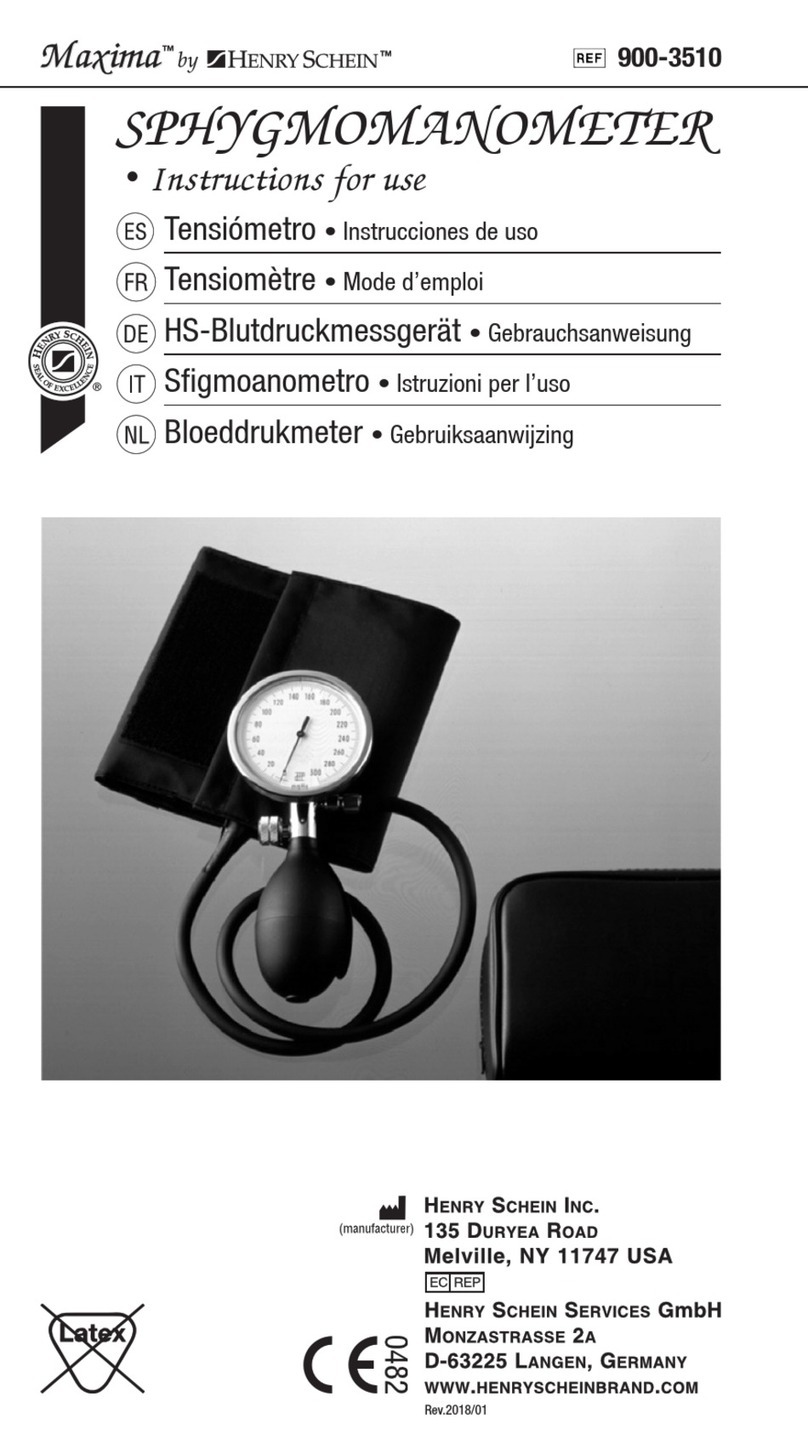
Henry Schein
Henry Schein Maxima 900-3510 User manual
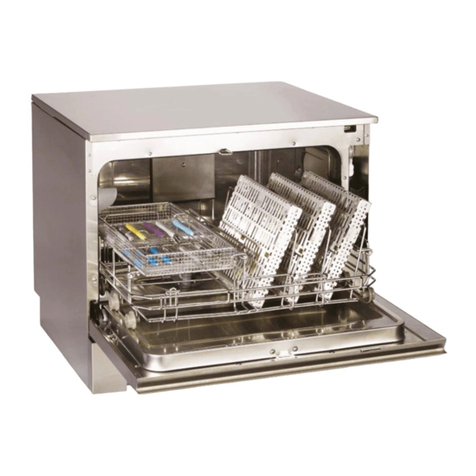
Henry Schein
Henry Schein Hydrim C61WD User manual
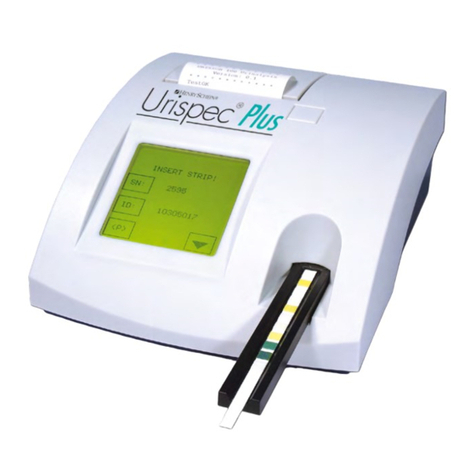
Henry Schein
Henry Schein Urispec Plus User manual
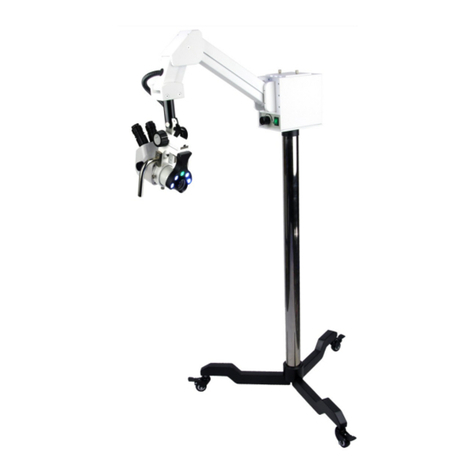
Henry Schein
Henry Schein COLPOSCOPE I User manual
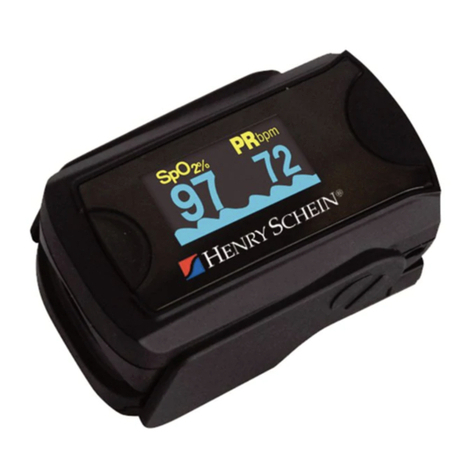
Henry Schein
Henry Schein 900-6368 User manual

Henry Schein
Henry Schein OneStepPlus User manual
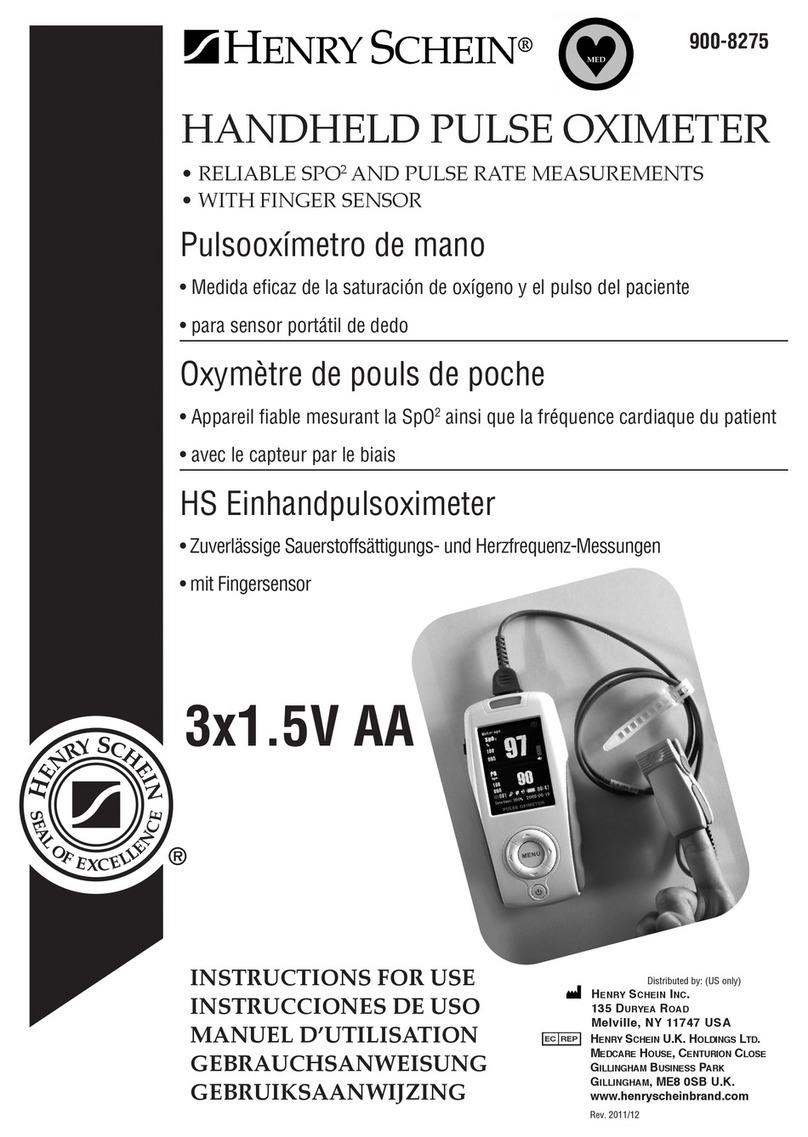
Henry Schein
Henry Schein 900-8275 User manual
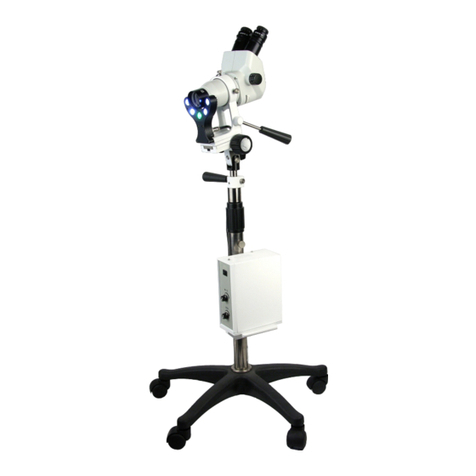
Henry Schein
Henry Schein COLPOSCOPE II User manual
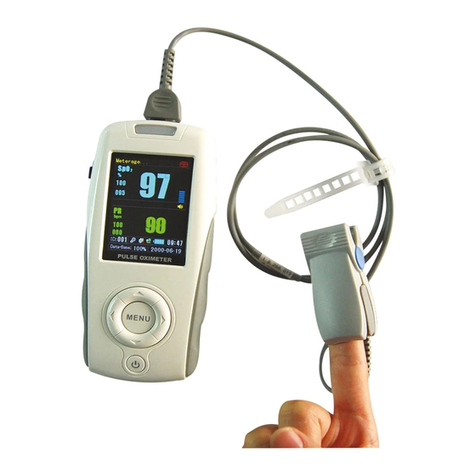
Henry Schein
Henry Schein MD300K2 User manual
Popular Medical Equipment manuals by other brands

Getinge
Getinge Arjohuntleigh Nimbus 3 Professional Instructions for use

Mettler Electronics
Mettler Electronics Sonicator 730 Maintenance manual

Pressalit Care
Pressalit Care R1100 Mounting instruction

Denas MS
Denas MS DENAS-T operating manual

bort medical
bort medical ActiveColor quick guide

AccuVein
AccuVein AV400 user manual











